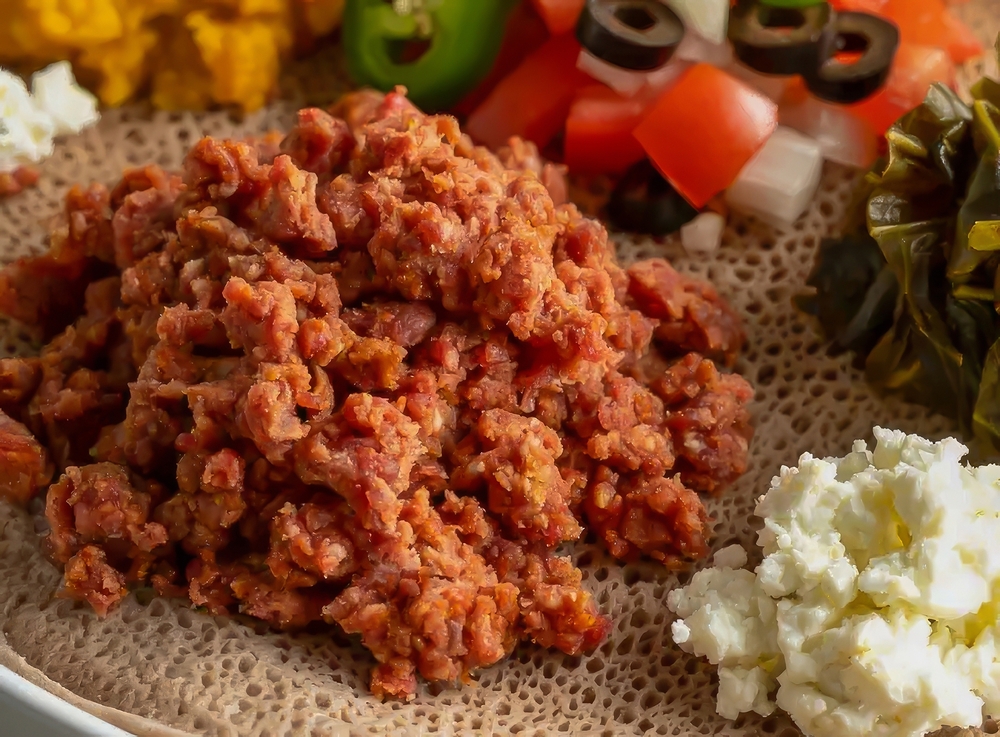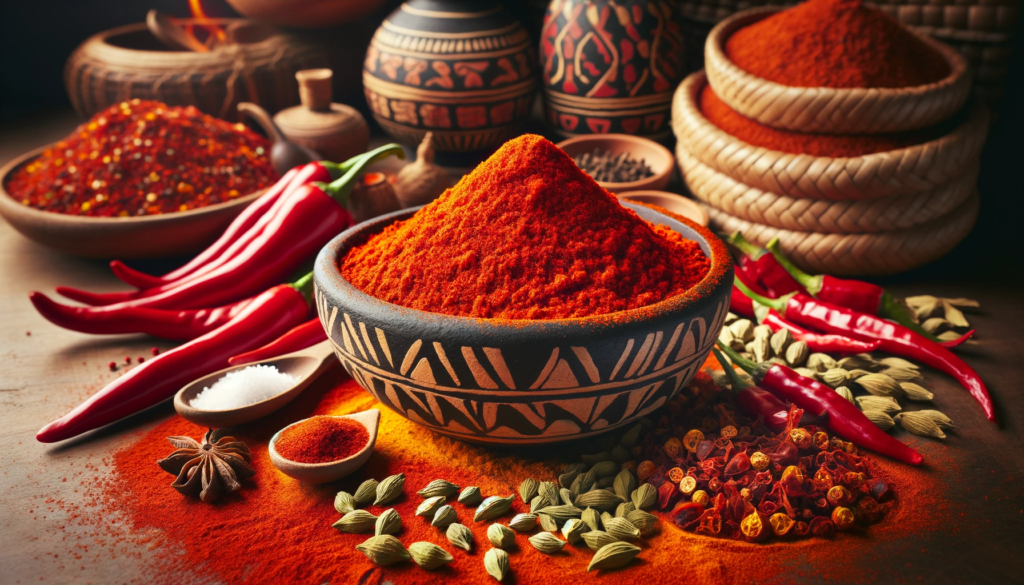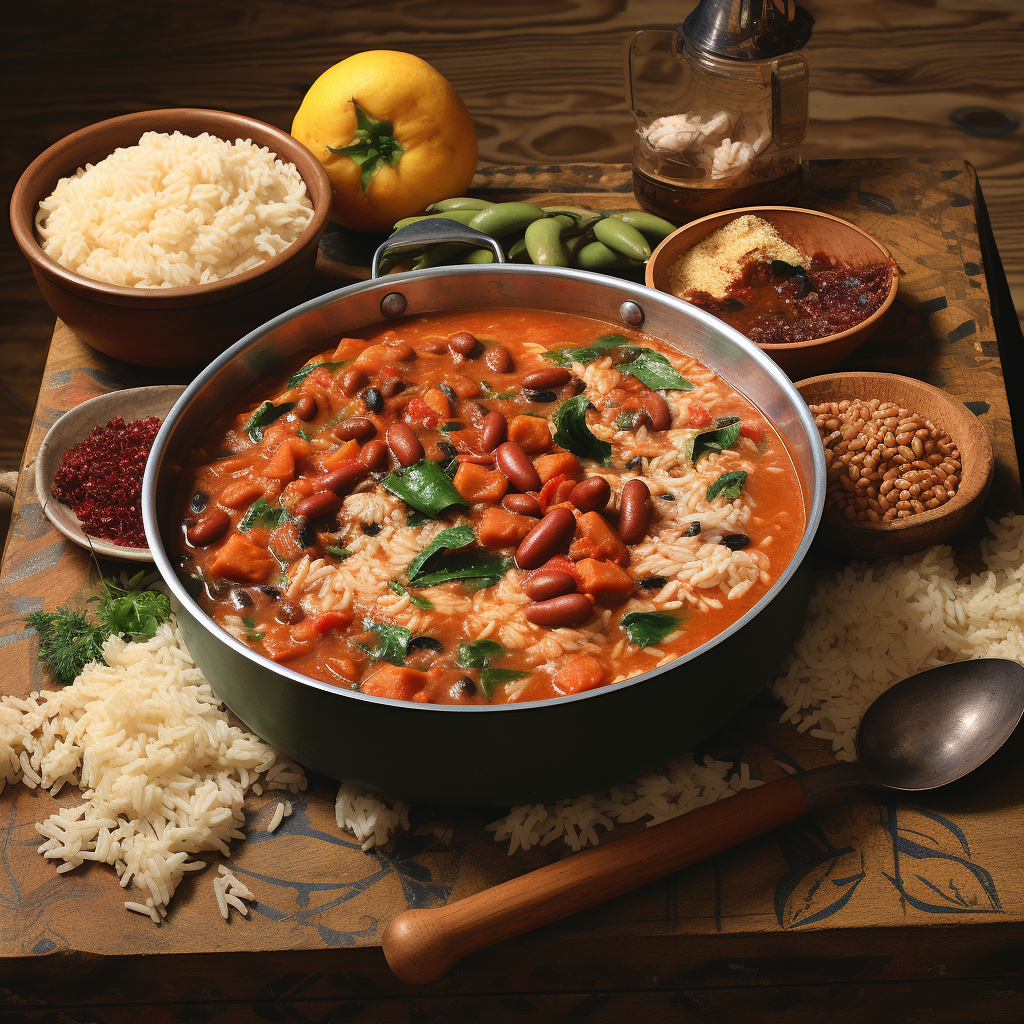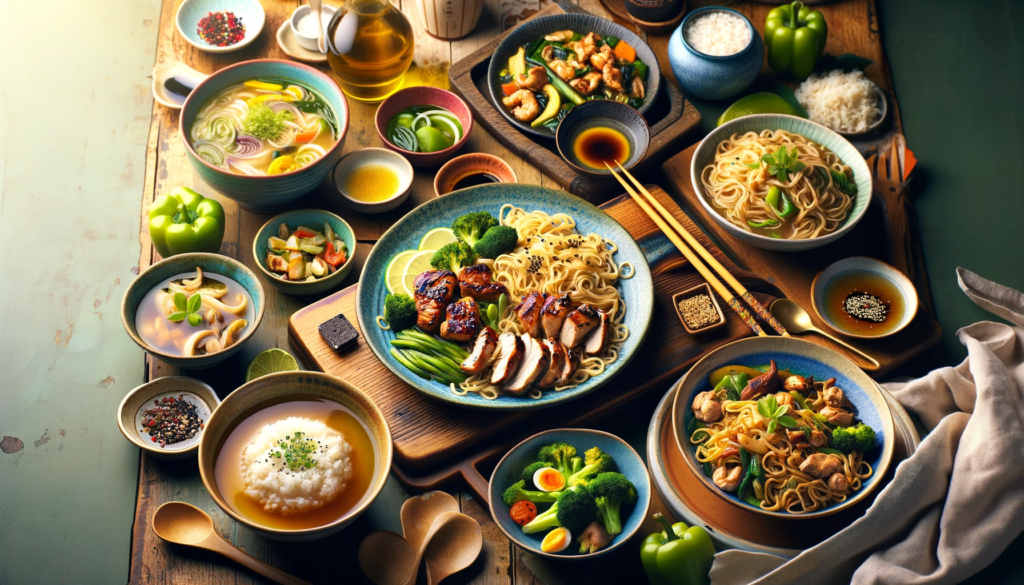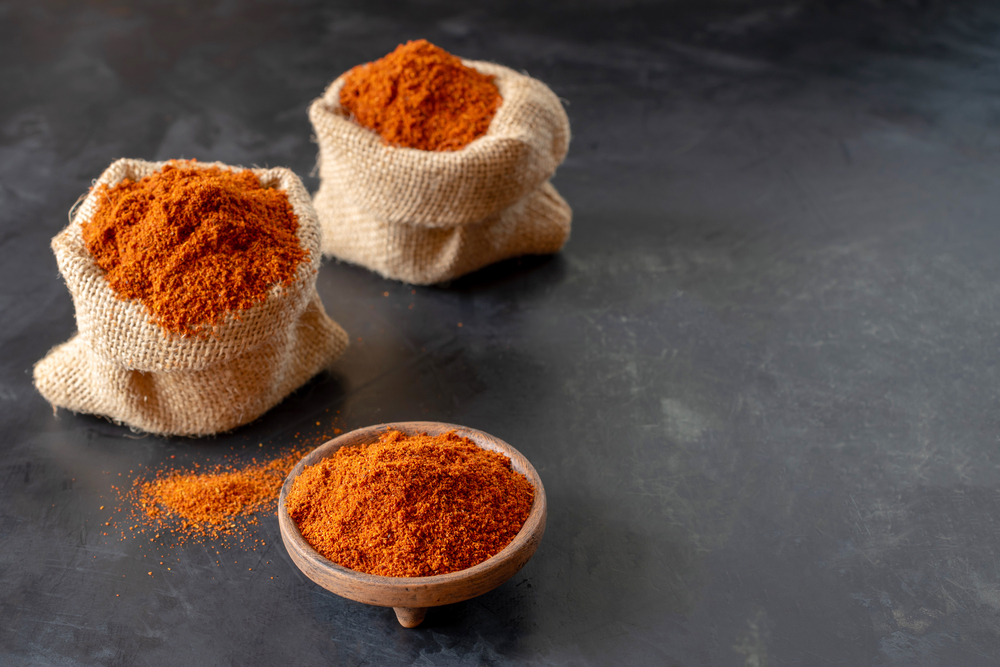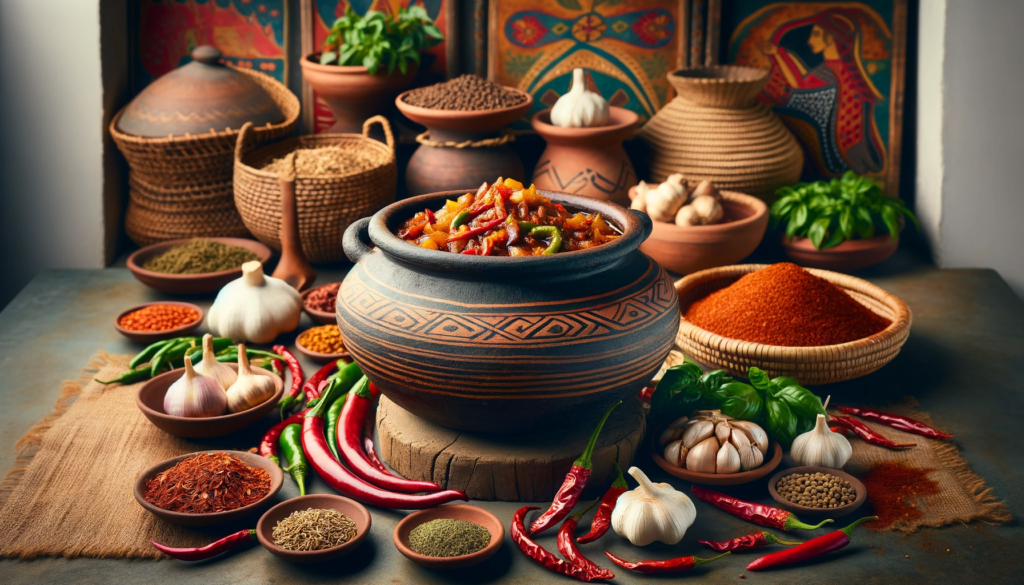Vegetarian Cooking with African Spices: Delicious Recipes to Try
Introduction to African Spices in Vegetarian Cuisine
Steeped in a rich tapestry of flavors, African spices have the profound ability to transform vegetarians meals from the mundane to the ethereal. In every sprinkle and dash, these spices carry with them the warmth, vibrancy, and soul of the continent’s diverse culinary traditions. This article delves into the world of African spices and showcases how they can enrich vegetarian cooking, offering a guide to creating sumptuous, aromatic dishes that please the palate and invigorate the senses.
Overview of Popular African Spices Used in Vegetarian Cooking
African cuisine boasts a multitude of spices that add depth and complexity to vegetarian dishes. Berbere, a fiery blend hailing from Ethiopia and Eritrea, combines chili peppers with aromatics like garlic, fenugreek, and ginger. Ras el hanout, from North Africa, often features over a dozen intricately balanced spices including cardamom, clove, and turmeric. Other notable mentions include Djibouti’s xawaash, South Africa’s masala, and the ubiquitous West African grains of paradise, each bringing its unique flavor profile to the table.
The Art of Flavoring Vegetarian Dishes with African Spices
Tips for Incorporating African Spices into Vegetarian Meals
Incorporating African spices into vegetarian meals opens up a world of flavor possibilities. Starting with quality spices is key – opt for whole spices when possible and toast them gently to release their essential oils. Master the art of blending by experimenting with proportions to find the perfect harmony for your palate. Introduce spices early in the cooking process to allow their flavors to meld seamlessly with the ingredients, enriching stews, grains, and legumes with their heady aromas.
Balancing Spices for Optimal Flavor in Vegetarian Cooking
Balancing the robustness of African spices includes understanding their heat, potency, and compatibility with other flavors. Spices like cumin and coriander offer earthy notes, while allspice and cinnamon impart warmth and sweetness. For heat, chili and peppercorns infuse a zesty kick. Pairing them takes a keen taste and appreciation for how flavors evolve during cooking. When balanced correctly, these spices create a melody of flavors where no single note overwhelms, but rather enhances the underlying taste of fresh, vegetarian ingredients.
African-Spiced Vegetarian Starters and Snacks

Easy-to-Make Spiced Vegetarian Appetizers
Whet your appetite with starters like spiced carrot soup seasoned with harissa, or a tangy, lemon-infused Moroccan chickpea salad sprinkled with sumac. Small bites such as spiced plantain chips and peri-peri roasted nuts also present a perfect way to tantalize the taste buds, inviting a culinary journey through Africa before the main course graces the table. These starters are both easy to prepare and exuberant in flavor, making them perfect for any occasion.
African-Inspired Spiced Snacks and Finger Foods
African-inspired snacks are all about vibrant spices and bold flavors. Think baked falafel with a touch of dukkah, or sweet potato samosas seasoned with a custom blend of garam masala. Finger foods like injera rolls filled with spiced lentils not only reflect the culinary heritage of Africa but also are perfect for grazing and sharing. These snacks provide an easy way to enjoy the rich tapestry of spices at any time of day.
Hearty Vegetarian Main Courses with African Flavors
Robust and Flavorful Vegetarian Main Dishes
Main courses infused with African spices offer a fulfilling experience where each bite conveys a story. Vegetarian tagines, simmered slowly with spices like saffron and cumin, meld the flavors of root vegetables and legumes into a mouthwatering stew. Egusi soup, thickened with ground melon seeds and bursting with spinach, tomatoes, and peppers, is a West African delight that pairs exquisitely with aromatic jasmine rice.
Recipes for African-Spiced Vegetarian Stews and Curries
Vegetarian stews and curries are the quintessential comfort foods. North African-inspired stews using blends like ras el hanout alongside chickpeas and hearty vegetables are both nourishing and deeply satisfying. Ethiopian lentil curry (Misir Wot), with its layers of berbere spices, offers a taste of East Africa’s rich culinary culture. These dishes are slow-cooked to perfection, allowing each spice to sing in perfect harmony and create a memorable meal.
Sides and Salads Enhanced with African Spices
Flavor-Packed Side Dishes and Salads
Side dishes and salads can play more than just a supporting role on the dinner table when enhanced with African spices. A simple couscous can be elevated with a sprinkle of za’atar and a dash of harissa oil. Quinoa salads come to life with a blend of cinnamon, cumin, and diced apricots, paying homage to African flavor traditions. These sides complement any vegetarian main, adding layers of flavor that make the meal truly complete.
Using African Spices to Elevate Simple Vegetables and Grains
Even the simplest of vegetables and grains become culinary wonders when graced with African spices. Roasted cauliflower or Brussels sprouts tossed with dukkah transform into a crunchy, nutty delight. Teff porridge becomes an exotic breakfast option with the addition of cardamom and nutmeg. These simple, yet profound touches not only enhance the nutritional value of these foods but also their global appeal, reinforcing the idea that with the right spices, vegetarian food is anything but boring.
African-Spiced Vegetarian Desserts and Beverages
Sweet Treats and Desserts with a Spice Twist
Vegetarian desserts infused with African spices offer a unique ending to any meal. A simple rice pudding can be revolutionized with the addition of African spices like cardamom, cinnamon, and cloves. Baklava with a sprinkle of African nutmeg pairs wonderfully with mint tea. These desserts not only satisfy sweet cravings but also offer an insightful glimpse into the continent’s rich and diverse flavor profiles, highlighting the versatility and adaptability of African spices in various culinary domains.
Refreshing Beverages and Drinks Featuring African Spices
Beverages laced with African spices provide not only a refreshing quality but also a meditative experience akin to traveling through spice markets with every sip. Hibiscus tea with a touch of cinnamon and vanilla, spiced rooibos tea, and ginger-infused pineapple juice are all representative of the continent’s affinity for blending spice and refreshment. These drinks serve as both an aromatic journey and a wholesome complement to any meal or as a stand-alone indulgence.
FAQs on African Spices in Vegetarian Cooking
How Can I Start Incorporating African Spices into My Existing Vegetarian Recipes?
Gently begin by substituting or adding African spices to dishes you already love. For example, try enhancing your vegetable soup with a hint of ras el hanout or add berbere to your lentil dish for an Ethiopian flair. The key is to start small with spices you’re not familiar with, allowing your palate to acclimate to the new flavors. As you become more comfortable, you can increase the quantity and variety of spices to fully embrace the African culinary experience in your vegetarian cooking.
How Do I Ensure My Spice Blends Remain Fresh and Flavorful?
To guarantee the freshness of your African spice blends, purchase them in small amounts from trusted suppliers to ensure turnover. For homemade blends, grind whole spices just before you’re ready to use them. Store all spices in airtight containers, away from heat and light, to preserve their essential oils and aromatic compounds. If you encounter a spice blend with a dull scent or faded color, it may be time to repurchase or remake the blend to maintain the desired flavor quality in your dishes.
What If I’m Sensitive to Spicy Foods? Can I Still Enjoy African Spices?
Absolutely! Not all African spices are hot. Many popular blends offer a deep array of flavors without excessive heat. If a recipe calls for a spicy element such as cayenne pepper or hot berbere, simply reduce the amount to suit your taste or substitute with a milder spice that offers a similar flavor profile. Spices like paprika, for example, can impart a similar color and richness without the heat, allowing you to enjoy the complexity of African flavors, comfortably tailored to your spice tolerance.
Are There Specific African Spices That Work Best with Certain Vegetables?
Yes, some African spices and blends naturally complement certain vegetables. Root vegetables like carrots and sweet potatoes are enhanced by sweet and warm spices like cinnamon and clove found in Ethiopian berbere. Greens such as kale and spinach marry well with earthy spices like coriander and cumin. For a more intense flavor, robust vegetables like eggplant and mushrooms can stand up to the strong flavors of Tunisian harissa. Experimenting with these pairings will unlock delightful new dimensions in your vegetarian cooking.



